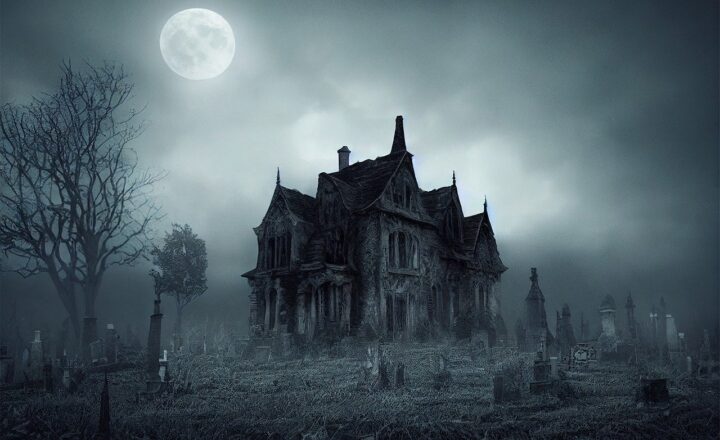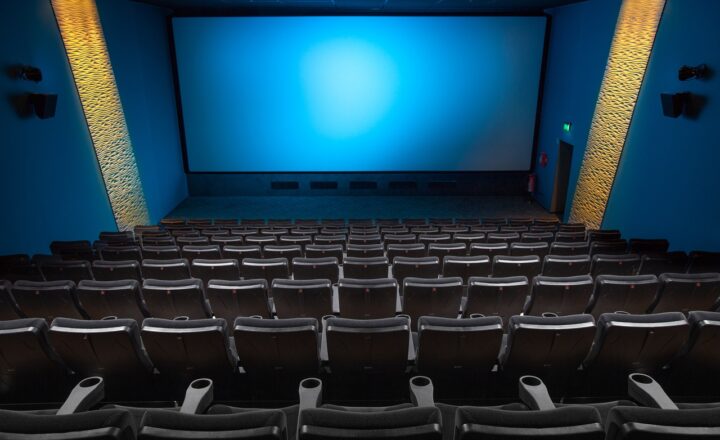The Most Controversial Scary Movies That Pushed the Boundaries of Horror
November 16, 2024

The world of horror cinema has always been a playground for risk-takers, artists, and storytellers willing to explore the darkest corners of human fear and emotion. Over the decades, several films have emerged that not only entertained but also sparked debates and controversy due to their graphic content, challenging themes, and societal implications. In this article, we delve into some of the most controversial scary movies that pushed the boundaries of horror, reshaping the genre and leaving an indelible mark on the psyche of viewers.
1. A Clockwork Orange (1971)
Stanley Kubrick’s A Clockwork Orange, based on Anthony Burgess’s novel, ignited controversy with its frank depiction of violence, sexuality, and the concept of free will. The film follows Alex, a delinquent who enjoys committing acts of ultraviolence before undergoing a controversial rehabilitation process.
Critics decried the film for its supposed glorification of violence and its unsettling moral message. Although banned in several countries, it gained a cult following, forcing audiences to question the nature of crime, punishment, and the ethics of behavioral modification.
2. The Exorcist (1973)
Considered one of the scariest films of all time, The Exorcist faced backlash for its portrayal of demonic possession and the Catholic Church. Parents and religious groups were particularly concerned about the film’s impact on the psyche of children, leading to numerous complaints upon its release.
The sequences involving sexual and violent acts juxtaposed with the spiritual struggle of faith led to intense debates about the responsibilities of filmmakers versus the sensitivities of audiences. The film became a box office success and remains a cultural benchmark in horror.
3. The Texas Chain Saw Massacre (1974)
The Texas Chain Saw Massacre was a turning point in horror cinema, marking a shift towards graphic violence that felt all too real. Loosely inspired by true events, the film follows a group of friends who encounter a family of cannibals in rural Texas.
This film’s brutal depiction of violence, particularly its infamous chainsaw scene, led to outrage and calls for censorship. Despite initial controversies, its raw realism and style set the stage for slasher films to come, fundamentally changing horror’s landscape.
4. Salo, or the 120 Days of Sodom (1975)
Beyond the typical horror framework lies Pier Paolo Pasolini’s Salo, or the 120 Days of Sodom, a film that challenges the viewer’s morals more than it frightens them. Set in Fascist Italy, the film explores themes of authority, sexual perversion, and the ultimate degradation of humanity.
With extreme depictions of violence, sexual assault, and disgusting acts performed under the guise of sadistic power, Salo became notorious for its explicit content and has been banned in numerous countries. The film raises questions regarding art, exploitation, and the darker aspects of politics intertwined with human suffering.
5. Antichrist (2009)
Lars von Trier’s Antichrist has made headlines for its graphic sexual content, which is both shocking and integral to the film’s exploration of grief, misogyny, and psychological trauma. The film follows a couple retreating to a cabin in the woods, where nature becomes a catalyst for the unearthing of their tortured psyches.
The graphic sexual encounters and ultra-violent imagery led to mixed reviews, with some praising its boldness while others condemned it as sadistic and disturbing. Antichrist treads the fine line between art and provocation, challenging viewers to confront their discomfort.
6. Human Centipede II (Full Sequence) (2011)
Following the shock-and-awe approach of its predecessor, Human Centipede II escalated the absurdity and horror. Known for its grotesque premise of surgically connecting people in a gruesome human centipede, the sequel amplified the body horror elements to a level that pushed many audiences away.
The film was banned in several locations and faced intense scrutiny that only fueled its notoriety. How the film shatters the barrier of tasteful horror poses a question about the limits of artistic freedom in cinema.
7. Midsommar (2019)
Ari Aster’s Midsommar is an unsettling exploration of grief wrapped in the bright aesthetics of a Swedish midsummer festival. While much of the film takes place in broad daylight, it stirs a constant unease through its thematic content involving mental illness, cult behavior, and intentional trauma.
The film’s depiction of family, love, and emotional upheaval in a violent and bizarre context causes discomfort. It questions the boundaries of horror, shifting the focus from traditional fright tactics to emotional rot, which resonates with many viewers despite its controversial aspects.
8. Hostel (2005)
Eli Roth’s Hostel is often credited with initiating the “torture porn” sub-genre that emerged in the early 2000s. The film, revolving around backpackers who fall prey to a sadistic organization that tortures and kills travelers for money, polarized audiences with its brutal violence.
His depiction of violence was so extreme that many found it excessive. Roth argues the film serves as a commentary on the nature of horrific entertainment and exploitation. Its controversy surrounding the glamorization of torture left audiences debating its implications long after its release.
Conclusion
Horror cinema is undoubtedly a reflection of society’s fears and taboos, often challenging viewers to confront the uncomfortable aspects of human behavior and morality. The films discussed have sharpened the edges of horror, pushing boundaries that prompted discussion, outrage, and introspection.
As we look ahead to future films in the genre, it’s essential to recognize how pushing these limits helps to shape not just horror, but the broader landscape of cinema and society’s artistic expression. Whether celebrated or condemned, these controversial films have undeniably left a lasting imprint on the genre.







